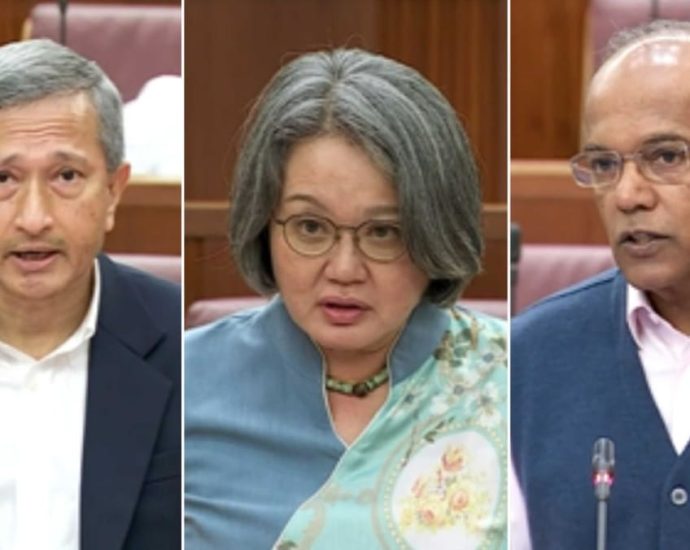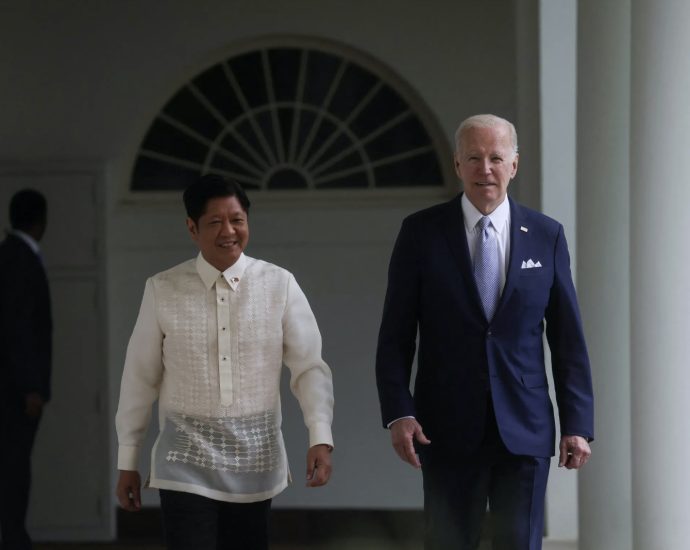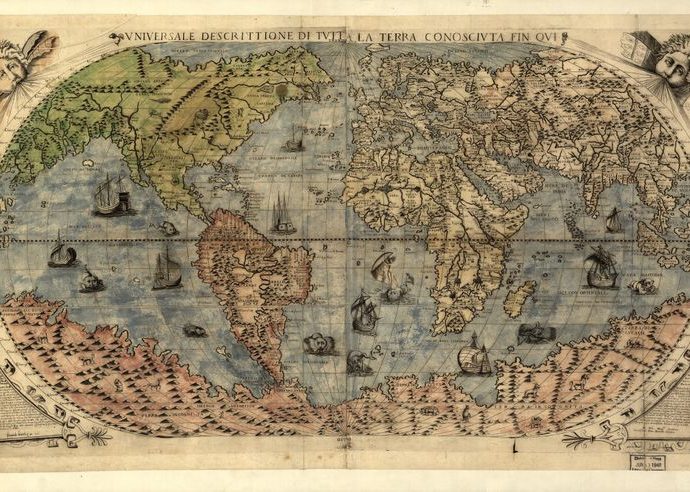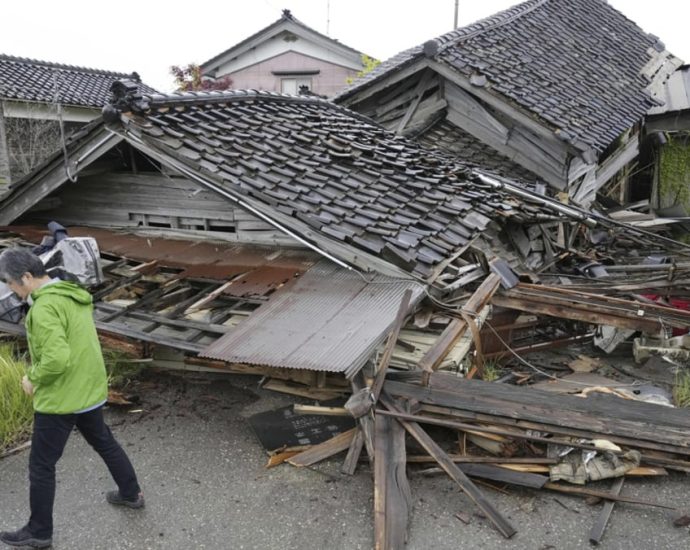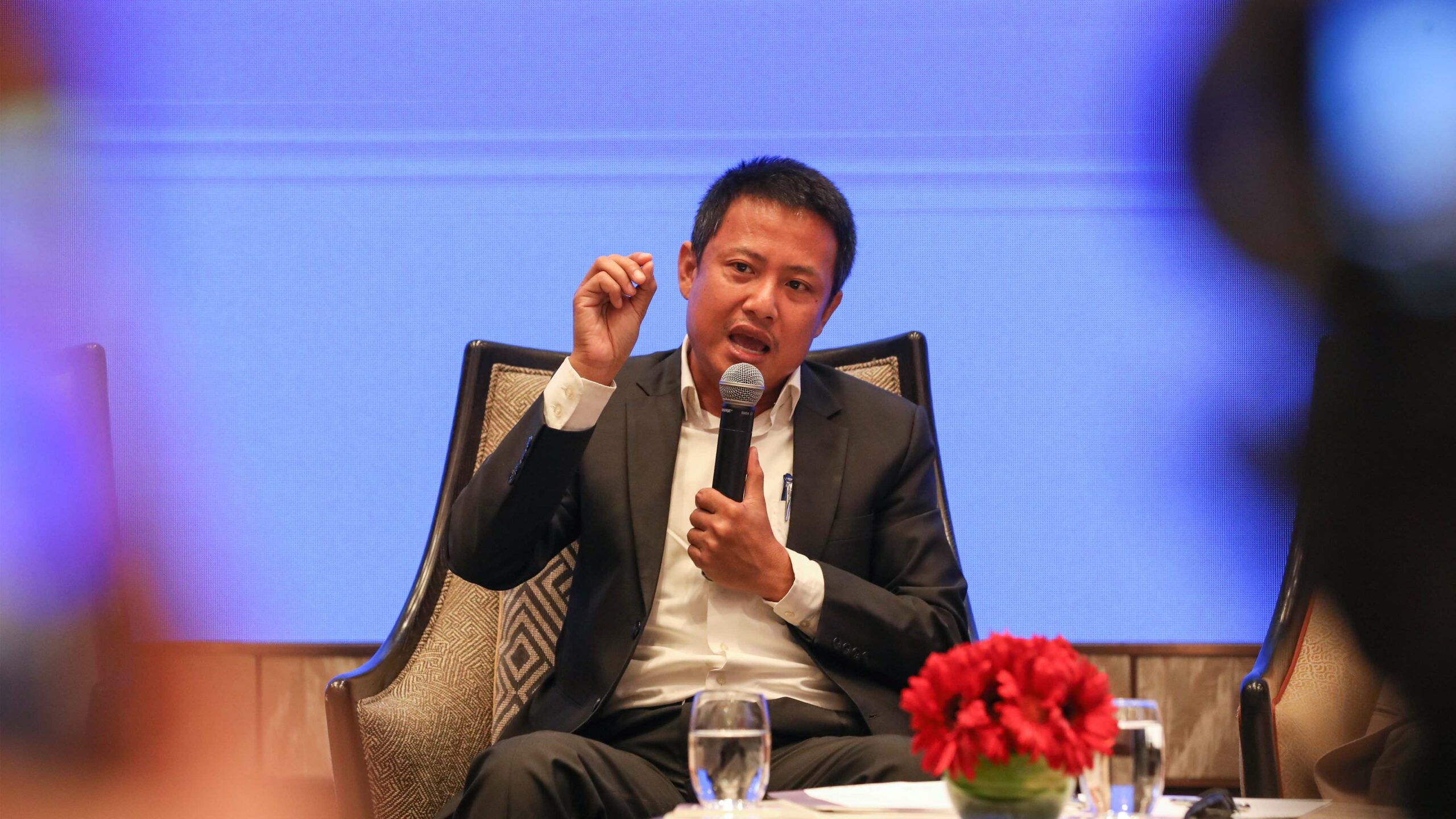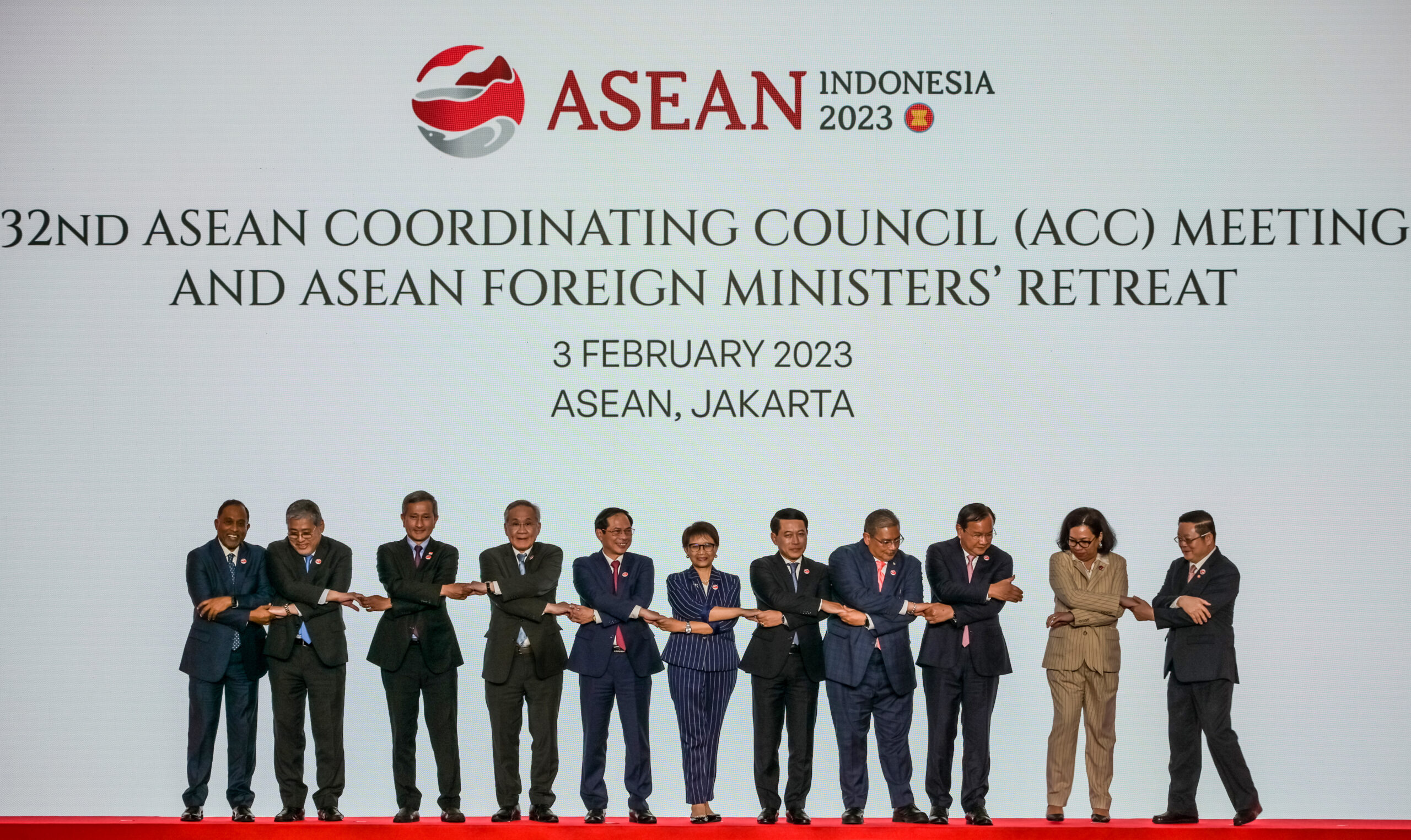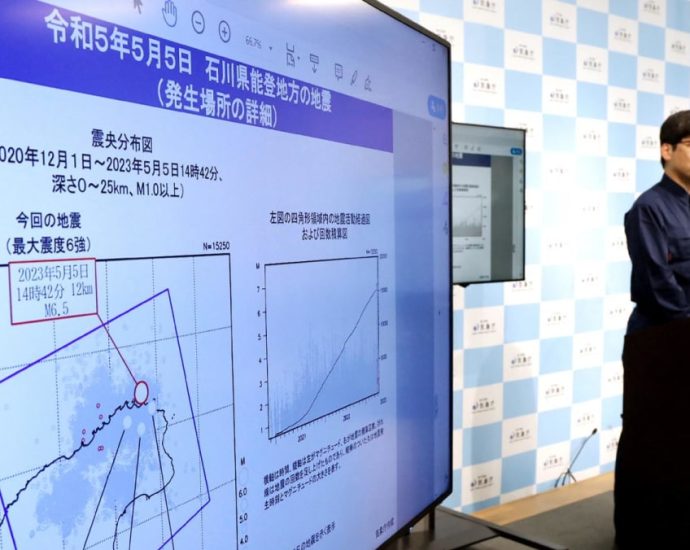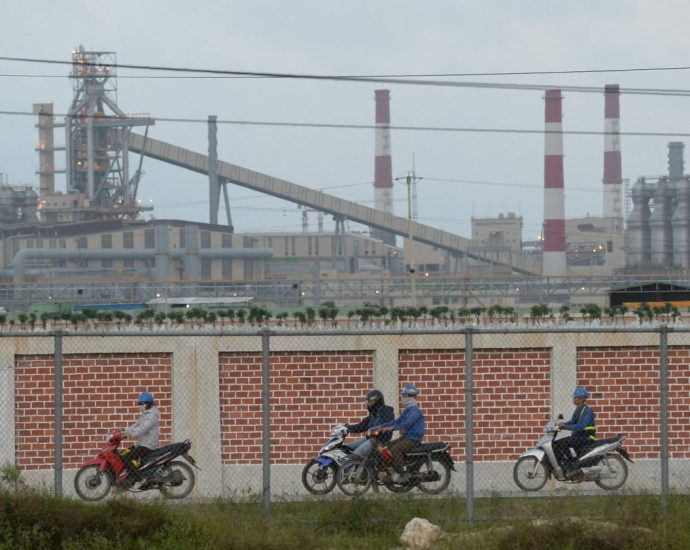Can a wind turbine handle hurricane speed winds?
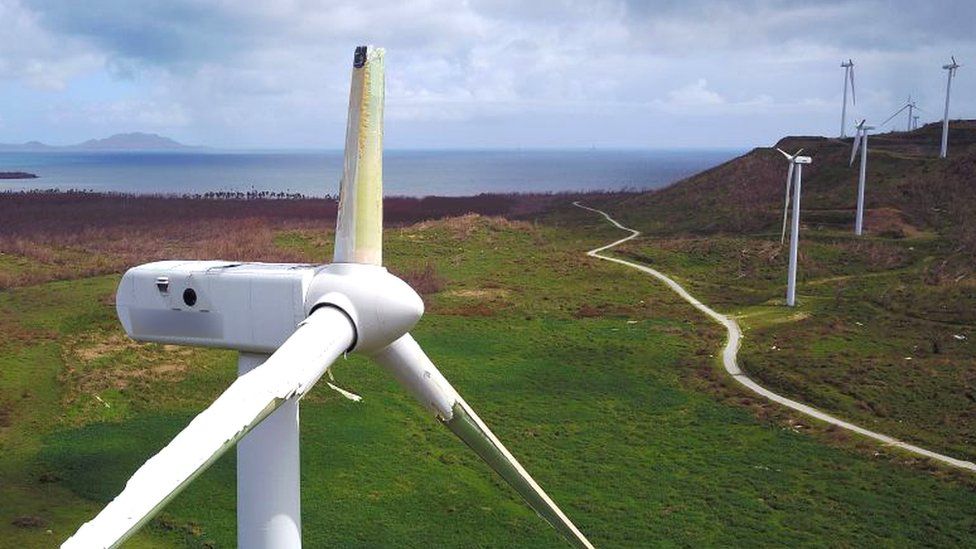 Getty Images
Getty ImagesThe world’s biggest storms, which whip the high seas into a frenzy or flatten buildings on land, have long daunted wind farm developers. But that is changing.
Operators are increasingly adopting turbines designed to withstand tropical cyclones. One of the latest examples is a “typhoon-resistant” floating wind turbine, which will soon help to power an offshore oil platform in China.
According to the manufacturer, MingYang Smart Energy, this 7.25 megawatt (MW) turbine can survive wind speeds of up to 134mph for 10 minutes. It has been installed at a facility 136km off the coast of the island province of Hainan.
MingYang did not respond to a BBC request for comment but theirs is not the first turbine designed to face down such an onslaught. In 2021, US firm GE received typhoon-certification for its mammoth Halide-X turbine. It is fixed, not floating, and has a capacity of up to 13MW.
The blistering growth of the wind energy industry is pushing turbines to their limits and some question whether the pace of the rollout is wise.
While components such as turbine blades are remarkably strong, they are not indestructible. And the forces of nature, especially out at sea, are notoriously unpredictable, meaning the pressure is on to prove that wind turbines really are hurricane-ready.
Tropical cyclones – often called typhoons or hurricanes depending on location – are a familiar threat in certain parts of the world, including in the Gulf of Mexico or around much of Southeast Asia.
Such storms can produce wind speeds well in excess of 100mph. The strongest one-minute sustained winds on record, of 215mph, were created by Hurricane Patricia in the Eastern Pacific in 2015.
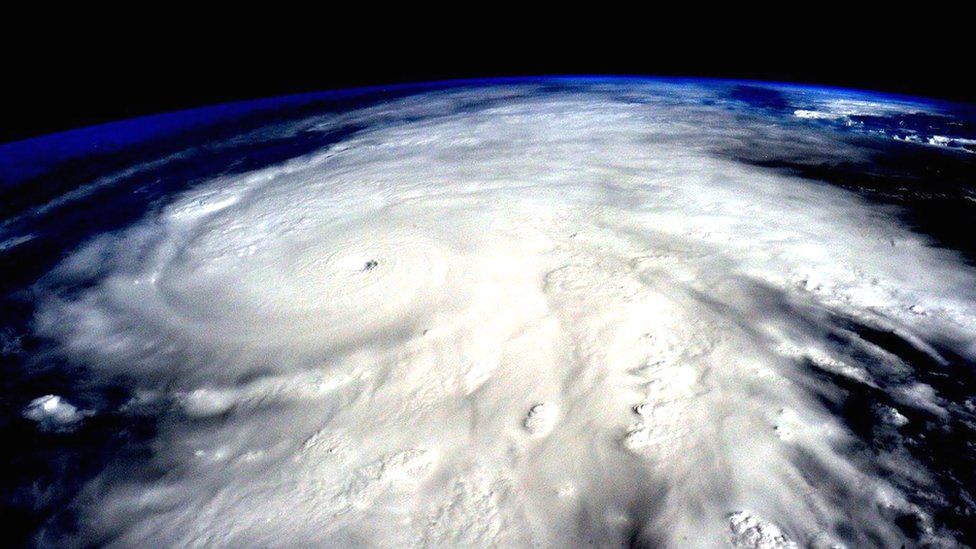
Despite the meteorological challenges in such regions, the expansion of wind energy is expected there in the coming years and decades.
Today’s turbines already put up with some powerful gales. Those positioned off the northeast coast of the UK in the North Sea are generally rated to cope with wind speeds up to 50mph or so, notes Simon Hogg at Durham University. Prof Hogg holds the Ørsted chair at the university, which is funded by energy firm Ørsted.
Leon Mishnaevsky of the Technical University of Denmark suggests that wind turbine blades are generally quite reliable. These days, they are made from strong but lightweight carbon fibre composites and automated manufacturing processes help to ensure the uniform placement of the fibres, which is important for the blades’ robustness, he notes.
Wind turbine makers also perform a range of stress tests on blades to ensure that they are up to scratch.
This can include attaching large “exciters” to the blades, which bounce up and down, simulating the repeated stresses of winds on the structure. Giant blades are also sometimes bent to the point of breaking, says Prof Hogg, which helps to confirm the maximum loads they can bear.
But the fallibility of turbines, especially the biggest ones, is becoming more apparent as time goes by. Insurer GCube notes in a recent report that offshore wind losses rose from £1m in 2012 to more than £7m in 2021.
Plus, machines with capacities larger than 8MW can suffer component failures within just two years of installation, the firm says, more than twice as fast as 4-8MW devices.


Some of the most dangerous forces to trouble turbine blades are torsion, or twisting, loads, says Find Mølholt Jensen, chief executive of Bladena, a firm that specialises in diagnosing and repairing large turbine blades around 60m in length, or longer.
Repeated twisting of blades can induce difficult-to-spot fractures, he says: “The damage cannot be seen from the outside.”
The longer the blade, the greater the risk, comments a spokesman for Bladena.
Current testing and industry standards are not sufficient to prove that the largest turbine blades can withstand these stresses, argues Dr Jensen.
New designs could help, though. In Japan, Challenergy has been working on a turbine with tall, vertical blades that spin around a central tower.
While currently much smaller and less powerful than the biggest traditional, three-bladed turbines in operation today, Challenergy’s device is intended to cope with very high winds.
When a powerful typhoon called Hin Nam No struck the Philippines and Japan last August, it passed over two of the company’s turbines. One of the devices, at Ishigaki City in Okinawa, recorded wind speeds of around 64mph. The turbine continued to operate without any problems, according to Challenergy.
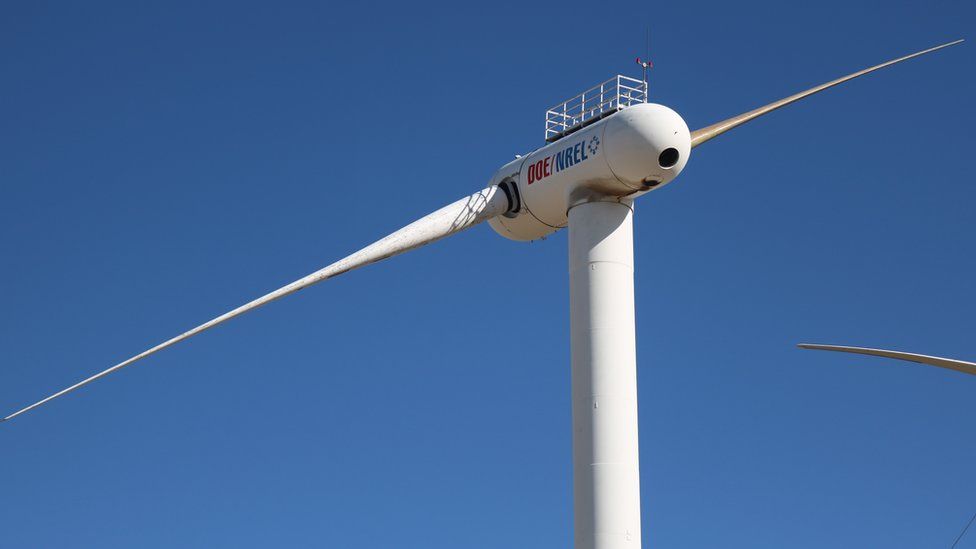
In the US, a research team has taken a cue from nature in their design of an alternative hurricane-resistant turbine.
“We were inspired by palm trees,” explains Lucy Pao at the University of Colorado Boulder. “In high winds they kind of go with the flow, they bend with the wind.”
She and her colleagues designed a prototype two-bladed wind turbine design with flexible blades. Plus, the rotor faces downwind rather than into the wind, as is common in traditional configurations, helping it to absorb the impact of strong gales.
During tests at an onshore site in Colorado, the blade tips were observed deflecting by up to 600mm, more than half a metre. “None of them snapped,” says Prof Pao.
Wind speeds in the area can reach 100mph in the wintertime, she adds.
However, the wind energy industry has almost universally adopted the upwind, three-bladed design so selling a new concept is difficult, Prof Pao explains. Currently, her research in this area is on hold, pending further funding.
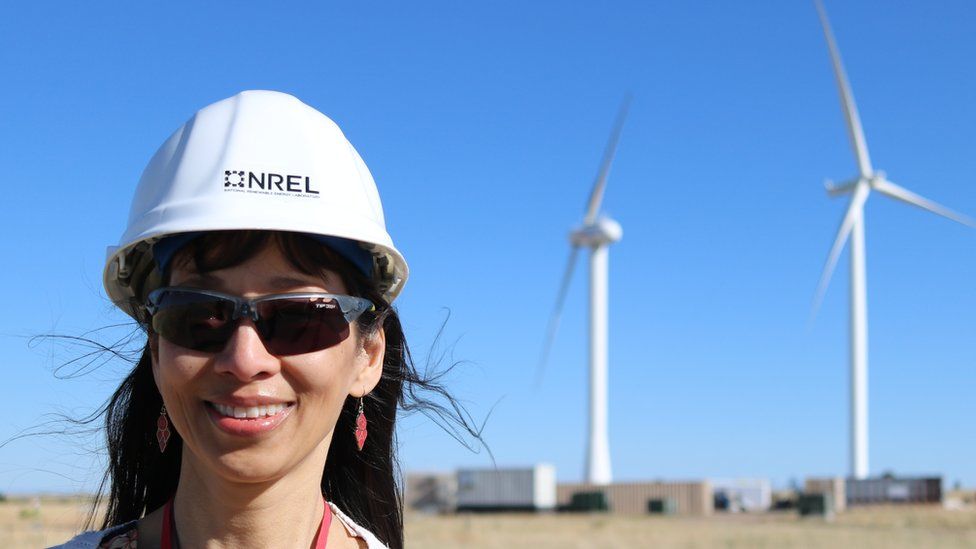
She shares the concerns of other observers who question whether wind turbines are really ready for some of the strongest winds nature can hurl at them.
“The novel materials, they are stronger, they are pretty amazing, but I don’t know that they’ve been tested out as thoroughly as maybe they should be,” she says.
Then there are the tricky economics of siting turbines in places where winds are especially variable. James Martin is chief executive at Gulf Wind Technology, a company exploring the deployment of turbines in the Gulf of Mexico.
In this area, low wind speeds are common for most of the year – with the occasional hurricane blasting its way through.
“If you design that turbine to be strong enough to withstand the peak wind event, then you’ll be carrying a lot of extra cost for the times that you’ve got light wind,” notes Mr Martin. He declines to share details of the turbines or technologies his firm is considering.
In the coming years, you can expect to see more and more turbines arriving in regions affected by cyclones, though.
“We need [turbines] there as much as we need them in any other area of the globe,” argues Prof Hogg. “I don’t think we should shy away from it.”

